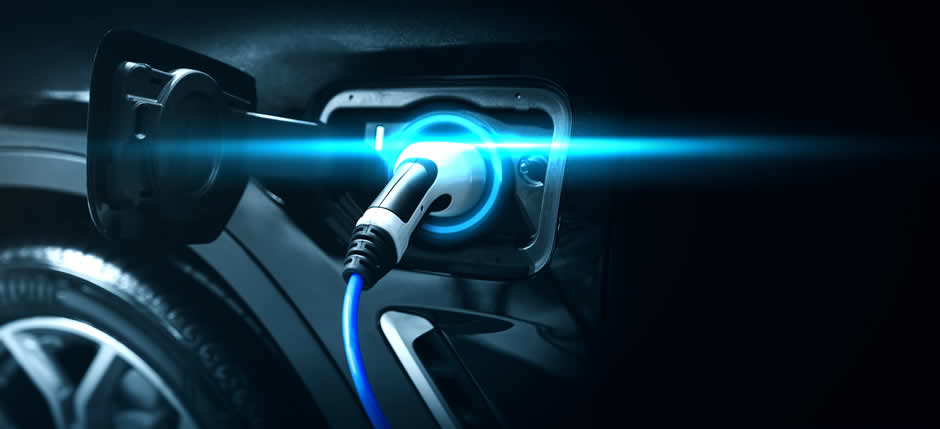Modern physics believes that the electromagnetic interaction is one of the fundamental interactions. Electric charge is a property of elementary particles, among which the electron and proton are the most important due to their stability. All substances consist of atoms, in the center of which there is a positively charged nucleus, and around the nucleus – negatively charged electrons. Most atoms in the surrounding world are neutral – the number of electrons in their composition is equal to the number of protons, but mobile electrons can leave the atom, forming positive ions, or join a neutral atom, forming negative ions. If the number of electrons in a physical body differs from the number of protons, then such a body receives a macroscopic electric charge. This process is called electrification.
Identical charges repel, and unlike charges attract. Numerically, the interaction between charges is described by Coulomb’s law.
If charges are placed in a continuous medium, the interaction between them changes due to a phenomenon called dielectric polarization. Dielectric polarization occurs due to the displacement of electrons relative to the nuclei of atoms in an external electric field or due to the rotation of molecules with their own dipole moment. As a result, the force acting on a charge from the side of other charges is determined not only by the size of these charges and their location, but also by the resulting dipole moments of atoms and molecules of the environment. At small electric fields (compared to intraatomic fields), the ability of a substance to polarize is determined by the dielectric constant.
Under the action of the Coulomb force, charged particles move, forming an electric current. An electric current creates a magnetic field by which it can be registered. Another consequence of the passage of an electric current through a substance is the release of heat.
Depending on the ability to conduct an electric current, substances can be divided into conductors and dielectrics. Conductors differ from dielectrics in that they contain free charge carriers that can easily move within the substance.

Production and use of electricity
Starting from the end of the 19th century, electrical phenomena play an increasingly important role in production and everyday life. Electricity is at the heart of our culture, from lighting and a variety of convenient household appliances to the powerful electric motors used in manufacturing.
Production
Mainly intended for use in production and everyday life, electricity is produced by power plants, where the mechanical energy of the rotation of steam turbines is converted into electrical energy by electric generators. The heat needed to heat the steam that turns the turbines is obtained mainly from fossil fuels. In addition to thermal power plants, a significant part of electricity is produced by nuclear power plants and hydroelectric power plants. In the latter case, a renewable energy source is used. Other renewable energy sources are wind energy, which is used by wind farms that are increasingly popular nowadays. Direct use of solar energy is possible thanks to solar cells.
The energy produced by power plants is distributed through the electrical network to people’s homes, factories and plants.
In addition to the production and distribution of electrical energy through the network, such sources of electrical energy as electrochemical batteries and accumulators are also widely used, which allow obtaining an electric current of low voltage required for the operation of portable electronic devices.

Using
In the 1870s of the century, the incandescent lamp appeared, which became the first household appliance that required an electrical network to be installed in every human home and institution. Even before its appearance, electricity was used by the telegraph and the telephone, which were important communication devices. Among the important household electrical appliances: radio, TV, record player, washing machine, refrigerator, air conditioner, heater and many others. Many of these devices use an electric motor invented by Michael Faraday. With the development of electronics, computers also appeared in human homes.
Production also widely uses powerful electric motors, but electrical phenomena are also used for electroplating, metal smelting, welding and many other ways.
Electricity and the natural world
Physiological effects
Read more: Electrotrauma
The voltage applied to the human body causes an electric current to flow through the tissues, and the greater it is, the greater the current will be. The threshold of perception depends on the frequency of the current and the path that the current takes through the body. For mains frequency electricity, the value lies between 0.1mA and 1mA, although a current of several µA may be detectable as minor electrical vibrations under certain conditions. If the current is high enough, it causes muscle contractions, heart arrhythmias, and tissue burns.
The lack of visible signs makes electricity particularly dangerous.
Electrical phenomena in nature
Electricity can be observed in several forms in nature. An example of natural electricity is lightning. Some crystals, such as quartz, or even sugar, create a potential difference under the influence of external pressure. This phenomenon is known as the piezo effect. The effect is reciprocal, that is, when a piezoelectric material is subjected to an electric field, there is a slight change in the physical dimensions of the material.
Some organisms, such as sharks, are able to detect and respond to a change in electric field, this ability is known as electroreception[en]. And some gymnosperms, in particular, the electric eel, are able to produce an electric field to detect prey and stun it with the help of high voltages generated in modified muscle cells.
All animals transmit information through their cell membranes in the form of voltage pulses — so-called action potentials, the functions of which include communication from the nervous system between neurons and muscles . Action potentials are also responsible for the coordination of activity in some plants.
